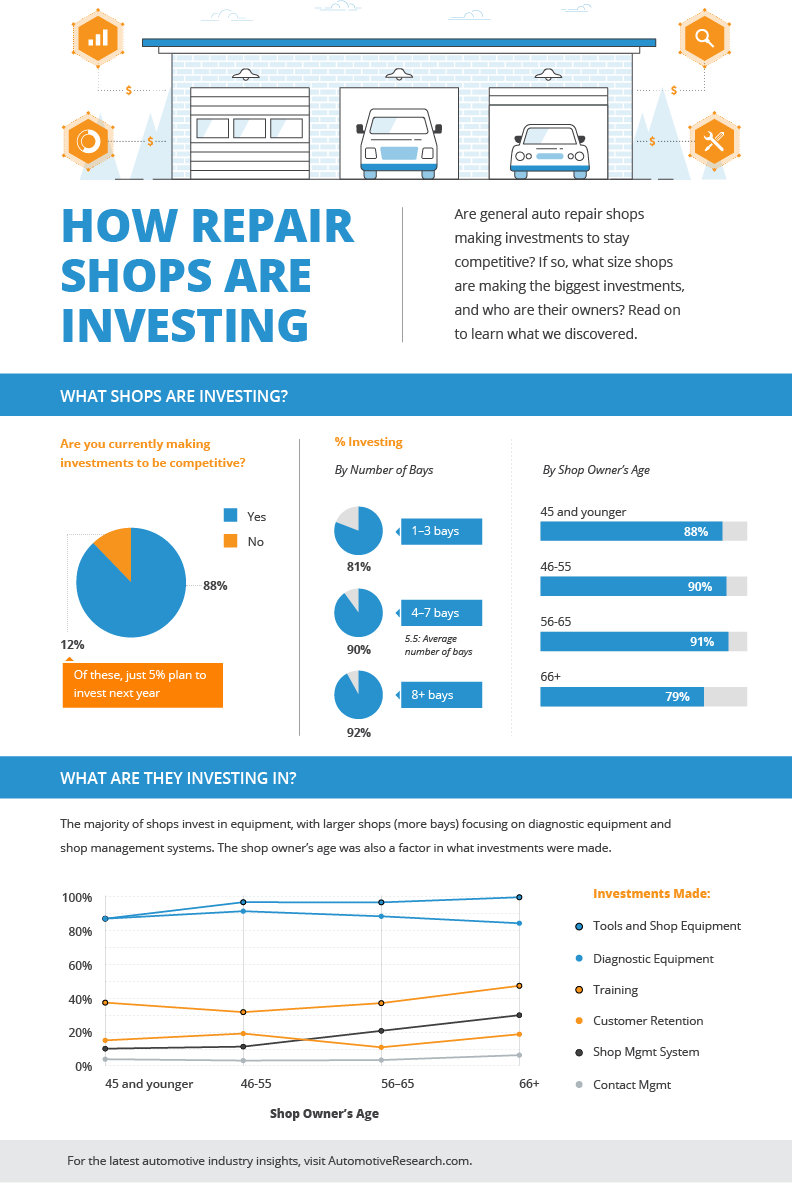Why Regular Tire Maintenance Matters: A Detailed Approach To Tire Evaluation And Turning
Why Regular Tire Maintenance Matters: A Detailed Approach To Tire Evaluation And Turning
Blog Article
Write- brake caliper cost to repair -Olson Cowan
Guaranteeing your tires are in leading problem is greater than simply a regular job-- it's a safety and security essential for every trip you embark on. From keeping appropriate air pressure to examining for wear and tear, the health and wellness of your tires directly affects your vehicle's efficiency and your health when driving. But what are the essential actions to take to keep your tires in prime form? Let's check out the essential aspects of tire upkeep that you shouldn't neglect.
Conveniences of Normal Tire Maintenance
Normal tire upkeep offers a range of advantages that can improve your driving experience and ensure your safety and security when driving. By maintaining your tires effectively blew up, you enhance gas efficiency, saving you cash at the pump.
Well-kept tires additionally provide much better traction, decreasing the threat of accidents, particularly throughout inclement climate. Properly lined up and well balanced tires lead to a smoother trip, lessening vibrations and boosting total lorry handling.
Routinely revolving your tires promotes even step wear, extending their lifespan and conserving you from premature replacements. In addition, keeping the correct tire pressure can avoid blowouts and apartments, lowering the chances of unanticipated malfunctions on the road.
Tire Evaluation Standards
When evaluating your tires, it's important to focus on numerous key aspects to ensure they remain in optimal condition for safe driving. Begin by checking ac compressor car repair using a pressure gauge to ensure it matches the manufacturer's suggested degree.
Suggested Browsing by placing a cent upside-down right into the tread grooves; if you can see every one of Lincoln's head, it's time for brand-new tires. Look for any type of signs of uneven wear, which might suggest placement problems or incorrect inflation.
Check for cuts, bulges, or splits on the tire sidewalls, as these can result in blowouts. Additionally, take a look at the tire shutoffs for damage or leaks. Bear in mind to inspect all 4 tires, consisting of the extra if appropriate.
Correct Tire Turning Techniques
To make sure also use and extend the life-span of your tires, it's essential to follow proper tire turning strategies. Routine tire turning aids disperse wear equally across all 4 tires, advertising longer tread life and improving overall performance. Beginning by examining your automobile's manual for the suggested rotation pattern. Typically, front-wheel-drive, rear-wheel-drive, and all-wheel-drive vehicles have various turning patterns to make up varying wear patterns.
For many automobiles, the advised tire turning interval is every 6,000 to 8,000 miles, however this may differ, so it's critical to consult your manual.
When turning your tires, switch the front tires with the back tires, relocating the left back tire to the left front position and vice versa. Bear in mind to also cross the rear tires to the contrary sides when moving them to the front. This easy yet effective rotation technique helps make certain that all tires put on evenly, maximizing their life expectancy and preserving ideal efficiency.
Conclusion
Make sure to focus on routine tire maintenance to maintain your car running smoothly and safely. By adhering to basic assessment standards and appropriate turning strategies, you can expand the life expectancy of your tires, improve fuel effectiveness, and enhance overall performance when traveling. Don't overlook the importance of caring for your tires - it's a small effort that can make a huge difference in your driving experience.
